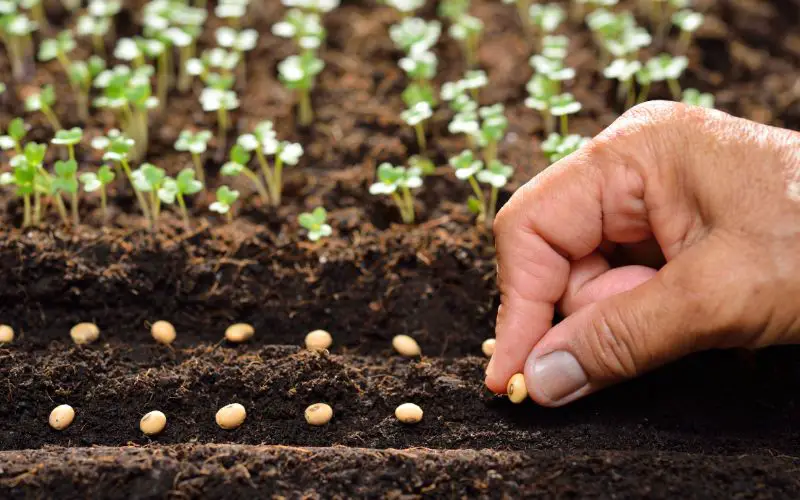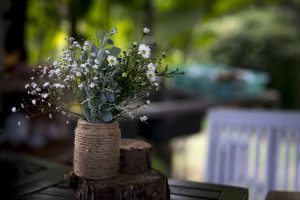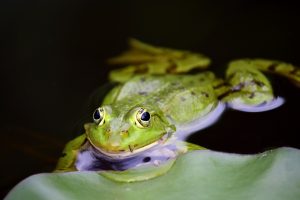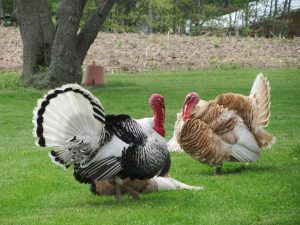Figuring out when to plant your seeds can be tricky.
You don’t want to plant too early and risk the frost damaging your plants, but you also don’t want to wait too long and have your plants outgrow their pots.
So, when is the best time to plant your seeds?
The answer to that question depends on a few factors, including what type of plant you’re growing and what region you live in. In general, most vegetables should be planted in early spring, after the last frost has passed. However, there are some exceptions to this rule; for example, peas and carrots can actually tolerate a light frost and can be planted a few weeks before the last frost date.
When to plant seeds indoors
There are a few things you need to take into consideration when deciding when to plant your seeds indoors.
First, you need to know how long it will take for your particular plants to mature. This information can usually be found on the back of the seed packet.
Once you know how long it will take for your plants to mature, you can count backward from your anticipated last frost date.
This date will vary depending on where you live, but in general, the last frost date for most of the country falls in late April or early May.
You also need to think about how long it will take for your seeds to germinate and grow big enough to transplant into larger pots or directly into your garden beds.
Seed packets will usually give you this information as well.
Once you’ve considered these factors, you can decide on a planting date.
As a general rule of thumb, most plants should be started six to eight weeks before the last frost date in your area.
However, there are always exceptions to this rule.
Root vegetables like carrots and beets do not need as much time as other plants and can actually be started a bit later indoors.
Cool-weather crops like peas and kale can also be planted a little later than other plants since they actually prefer cooler temperatures.
Finally, keep in mind that some plants do not transplant well and are best started outdoors from seed.
These include cucumbers, squash, melons, corn, and beans.
Starting these plants indoors usually results in stunted growth and poor yield come harvest time.
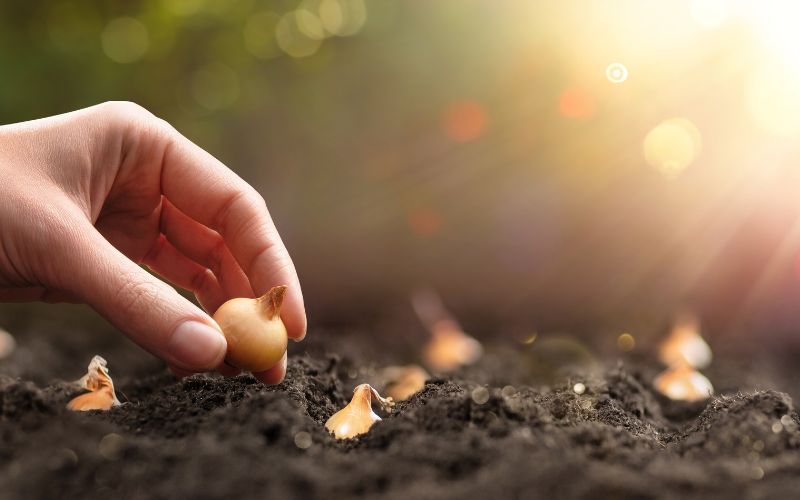
When to plant seeds outdoors
In general, you should wait until the soil has warmed up to plant your seeds outdoors.
This usually happens around the end of April or early May in most parts of the country.
You can check the temperature of your soil by sticking a thermometer in the ground, if it reads 60 degrees Fahrenheit or higher, it’s warm enough to plant.
Once you’ve determined that the soil is warm enough, you’ll also need to consider the weather forecast.
Make sure that you won’t be planting your seeds on a day when there’s a chance of frost, even a light frost can damage delicate seedlings.
Ideally, you should wait for a week or two after the last frost date in your area before planting your seeds outdoors.
Finally, you’ll need to take into account the amount of daylight hours when deciding when to plant your seeds outdoors.
For most plants, they need at least 14 hours of sunlight per day in order to thrive.
This is why it’s best to wait until May or June to plant your seeds, as this is when the days are longest and there is plenty of sunlight for plants to grow.
When to plant flower seeds
One of the most important things to consider when planting flower seeds is timing.
You’ll want to make sure that you plant your seeds at the right time of year so they have the best chance of germinating and blooming.
In general, flower seeds should be planted in late spring or early summer.
This will give them enough time to germinate and grow before winter arrives.
However, timing will also depend on the type of flower seed you’re planting.
Some flowers, such as pansies, can be planted as early as February or March.
Others, such as marigolds, should be planted in May or June.
Always check the instructions on the back of your seed packet so you know when is the best time to plant your particular type of flower seed.
When to plant vegetable seeds
One of the first things you need to consider when deciding when to plant your vegetable garden seeds is the hardiness of the plant.
There are two types of plants: warm-season and cool-season.
Warm-season plants like tomatoes, peppers, and eggplants need warm weather to thrive and cannot tolerate frost.
Cool-season plants like broccoli, spinach, and cabbage can tolerate some frost and actually prefer cooler weather.
Knowing whether your plant is a warm-season or cool-season plant will help you determine when is the best time to plant.

Average last frost date
Another important factor to consider when deciding when to plant your vegetable garden seeds is the average last frost date in your area.
The average last frost date is the date after which there is a 50% chance of no more frosts.
In general, you should wait until after the average last frost date to plant your warm-season plants.
For cool-season plants, you can either plant them before the average last frost date or wait until after—it all depends on how much risk you’re willing to take with the possibility of a late frost.
Starting from seedlings or seeds
Finally, you need to decide whether you’re going to start your plants from seedlings or seeds.
Starting from seedlings is generally easier because they’ve already been started for you and just need to be transplanted into your garden.
However, starting from seeds gives you more control over the planting process and can be more rewarding.
If you’re starting from seedlings, you can usually plant them a little sooner than if you’re starting from seeds.
Final Words
Figuring out when to plant your seeds doesn’t have to be complicated.
Just remember that most vegetables should be planted in early spring, after the last frost has passed.
Flowers should be planted a bit later; annuals in early spring and perennials in late spring or early summer.
And if you’re ever unsure, just check the back of the seed packet for more specific planting instructions.
Read Next
When should you start a garden?
How do you grow cotton candy grapes?
How do you grow Walla Walla onions?
- Year-Round Outdoor Living: Durable Garden Furniture for All Seasons
- Wow Your Neighbors with These Creative Garden Décor Ideas
- Why you should have night vision goggles for camping
- Why Garden Wildlife Matters: Understanding the Importance of Biodiversity in your Backyard
- Why do turkeys puff up?
- Why do tents get wet inside?

